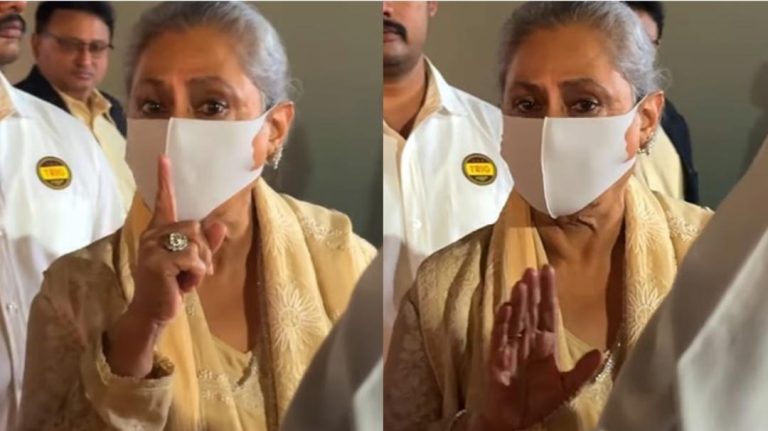
Cable TV Loses 5 Lakh Jobs as Digital Platforms Take Over
The Indian pay TV sector has been experiencing a significant decline in recent years, with over 5 lakh jobs lost since 2014. This staggering number is a result of a sharp drop in subscribers, driven by the rise of over-the-top (OTT) platforms, smart TVs, and free satellite services. The sector’s revenue has taken a hit, plummeting by 16% since 2019. This decline is not only a sign of trouble for the cable TV industry but also highlights the broader digital disruption that is transforming the media landscape.
The Indian pay TV market was once dominated by traditional cable operators, who had a captive audience and a significant market share. However, with the advent of digital platforms, the landscape has undergone a significant shift. OTT players such as Netflix, Amazon Prime, and Hotstar have disrupted the traditional TV viewing experience, offering a wide range of content at affordable prices. Smart TVs have also become increasingly popular, allowing viewers to access a vast array of content without the need for a traditional cable connection.
Free satellite services have also emerged as a major threat to traditional cable TV. Services like Tata Sky, Dish TV, and Airtel Digital TV offer a range of channels at competitive prices, attracting a significant number of subscribers away from traditional cable operators.
The impact of this shift has been devastating for the cable TV industry. According to a report by the Indian Broadcasting Foundation, the number of cable TV subscribers in India has declined by over 30% since 2014. This has resulted in a significant loss of jobs, with many cable operators struggling to stay afloat.
The decline of the cable TV industry has far-reaching implications for the media and entertainment sector as a whole. The sector’s fall highlights the urgent need for workforce upskilling and adapting to a post-linear media landscape.
In a post-linear media landscape, traditional linear television viewing habits are no longer the norm. Viewers are increasingly consuming content on-demand, and the traditional 9-to-5 viewing schedule is a thing of the past. This shift requires cable operators to rethink their business models and adapt to changing viewer habits.
To stay relevant, cable operators need to invest in digital technologies and develop new business models that cater to the changing needs of viewers. This may involve offering a range of digital services, including OTT platforms and smart TV apps. It may also involve partnering with other companies to offer bundled services that combine traditional cable TV with digital offerings.
In addition to adapting to changing viewer habits, cable operators also need to focus on upskilling their workforce. The shift to digital platforms requires a range of new skills, including expertise in digital marketing, social media, and data analytics. Cable operators need to invest in training and development programs that equip their employees with the skills they need to succeed in a post-linear media landscape.
The decline of the cable TV industry also has implications for the broader media and entertainment sector. The shift to digital platforms has created new opportunities for content creators and producers, who can now reach a global audience with ease. However, it also presents new challenges, including the need to adapt to changing viewer habits and the need to develop new business models that cater to the changing needs of viewers.
In conclusion, the decline of the cable TV industry is a significant threat to the media and entertainment sector as a whole. The sector’s fall highlights the urgent need for workforce upskilling and adapting to a post-linear media landscape. Cable operators need to invest in digital technologies and develop new business models that cater to the changing needs of viewers. They also need to focus on upskilling their workforce, equipping them with the skills they need to succeed in a post-linear media landscape.
Source: https://youtu.be/AMHTmYb_Hz8






